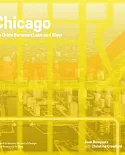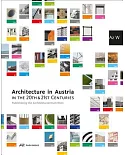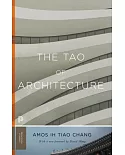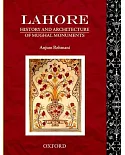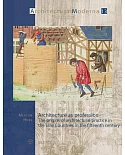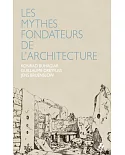Redesigning Gridded Cities focuses with extreme detail on four paradigmatic gridded cities, Manhattan, Chicago, Barcelona, and Hangzhou by analyzing these cities and proposing their own
interventions that implicate the grid in productive ways. They emphasize the value of open forms for city design, and specifically insist that the grid has the unique capacity to absorb and
channel urban transformation flexibly and productively. In both historical and projective, this series of books explore the potential of the grid as a design tool to produce a multitude of
urban processes and forms.
Hangzhou is the fourth case in a series, coming after Manhattan, Chicago and Barcelona, and was conducted in the 2014-2015 academic year. It sets out to understand a city with a long history
and a process of rapid recent transformation. The hypothesis of seeking to understand the city by examining the criteria of hierarchy and regularity of its urban infrastructures and
transformations may help us to a different understanding of the decisions leading to the construction of the present-day city. The construction of modern Hangzhou can be seen as a laboratory of
urban projects and planning strategies (the remodelling of the historic center, the extension of university and research sectors contrasting with the application of a functional grid of big
streets and motorways), producing a more anonymous city, the repository of complexes of large blocks of economic activity, defining a generic city with no major defining values.


